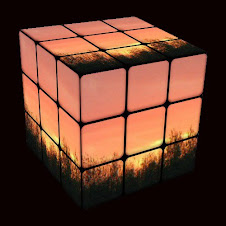 The mouse was invented in the 1960s by Douglas Englebart. He said that he called it a mouse because it looks like one. It's small, gray, and has a tail. The mouse has since caught on as the most popular way to point at different things on a computer screen. In order to do this, it has to take your movement and turn it into electricity, which is the only thing a computer can process.
The mouse was invented in the 1960s by Douglas Englebart. He said that he called it a mouse because it looks like one. It's small, gray, and has a tail. The mouse has since caught on as the most popular way to point at different things on a computer screen. In order to do this, it has to take your movement and turn it into electricity, which is the only thing a computer can process.
The ball on the underside of the mouse keeps track of how much you've moved it by touching two rollers, one that measures how much you move it up and down, and one that measures motion left and right.
The two rollers are connected to special wheels that are lined with holes, allowing light to shine through. They spin next to detectors which send electrical pulses to the computer at the rate in which the light passes through the holes. More pulses mean more motion, and the computer moves the arrow on the screen accordingly.
The other important part of the mouse is the button. You need to be able to tell the computer when you're finished moving. The button is a simple electrical switch. When you push it down, you let electricity through and send a signal down the wire into the computer.
That's how mice take your movements and turn them into electricity for the computer to process. A trackball works in pretty much the same way. The ball rotates rollers that rotates wheels that make electrical pulses that a computer can decode into movement. The buttons just aren't on the part that moves, so you can click without accidentally pushing the arrow off what you're pointing at.







No comments:
Post a Comment